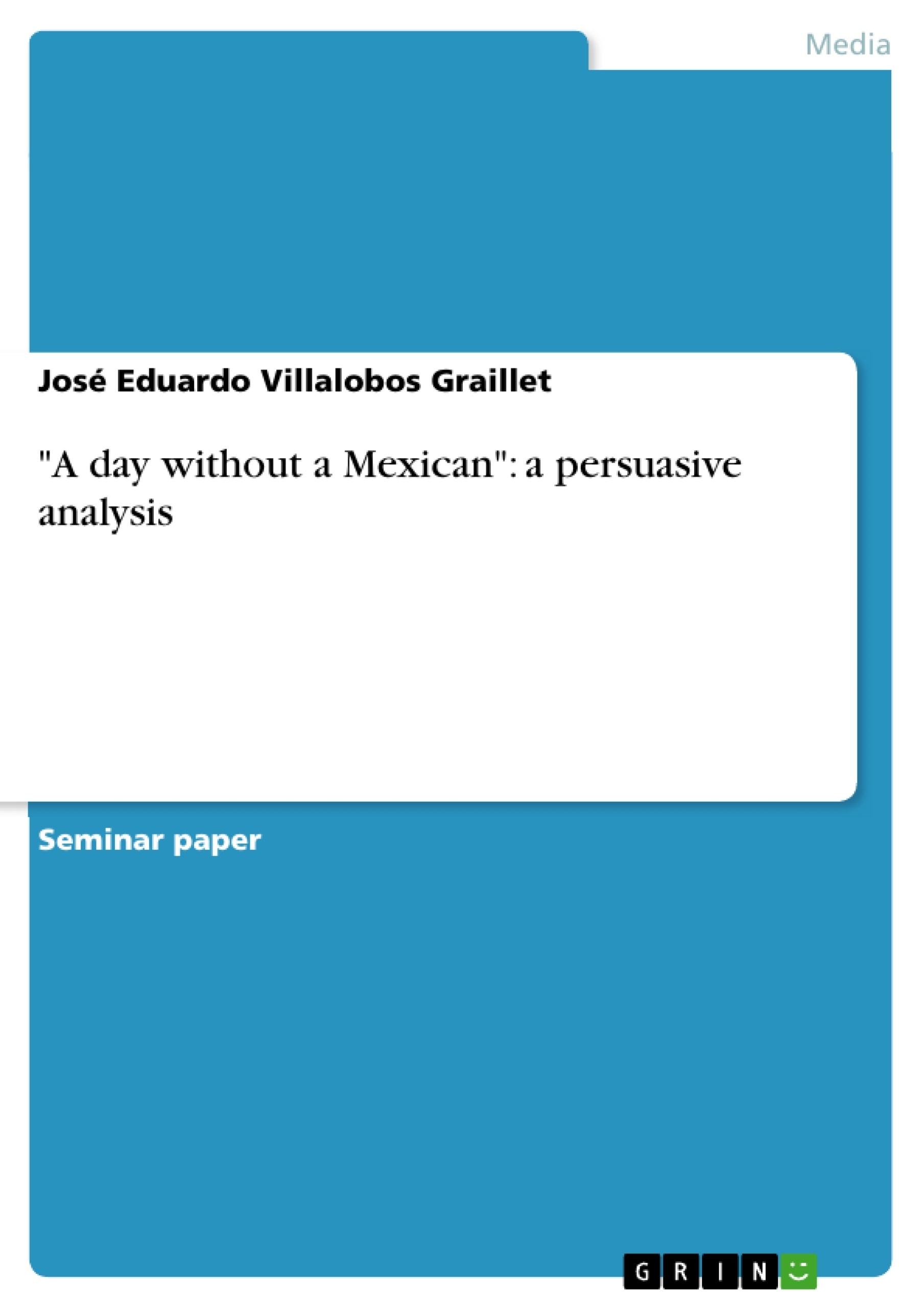The United States has been described as a melting pot, i.e., a place where the previous identities of each immigrant group are melted down to create an integrated, uniform society. Since the 1960s, many Americans have rejected the melting pot metaphor in favor of the image of the mosaic, a picture created by assembling many small stones or tiles. In a mosaic, each piece retains its own distinctive identity while contributing to a larger design. Advocates of the mosaic metaphor assert that it better represents the diverse multicultural society of the United States. Today, many Americans value their immigrant heritage as an important part of their identity. More recent immigrant groups from Asia have established communities alongside those populated by the descendants of European immigrants. Although the United States has been shaped by successive waves of immigrants, Americans have often viewed immigration as a problem. Established Americans often look down on new immigrants. The cultural habits of immigrants are frequently targets of criticism, especially when the new arrivals come from a different country than those in the established community. Despite such tensions, economic needs have always forced Americans to seek immigrants as laborers and settlers, and economic opportunities have beckoned foreigners. The vast majority of immigrants to the United States have come in search of jobs and the chance to create a better life for themselves and their families. In all of American history, less than 10 percent of immigrants have come for political or religious reasons. Economic immigrants from Europe, Asia, and Latin America have come to the United States voluntarily. Others were involuntarily transported to North America to do forced labor or to be sold as slaves. Regardless of the reasons they come to the United States, new immigrants typically work in menial, labor-intensive, low-paying, and dangerous jobs—occupations that most other Americans shun. They are often treated with disdain until they assimilate, that is, adopt the mainstream American culture established by earlier immigrants. Of the 224 million people reporting their ancestry in the 1990 census, only 13 million, or 6 percent, identified themselves as Americans only. The rest chose one or more broad racial or linguistic groupings (such as African American or Hispanic) or national heritages (German, English, Irish, and Italian were most common) to define their origins.
Table of Contents
- Part I: Introduction to the campaign
- Rhetorical History
- Relevance to today
- Literature Review
- Method
Objectives and Key Themes
This paper analyzes the film "A Day Without a Mexican" as a persuasive text, examining its rhetorical strategies, appeals, cultural myths, and use of media. The film, a comical satire, explores the issues of immigration and the role of Latinos in American society, highlighting the economic and social contributions of Mexican-Americans.
- The impact of immigration on American society
- The economic and social contributions of Mexican-Americans
- The use of persuasion and rhetorical strategies in film
- The film's commentary on American cultural myths and stereotypes
- The role of media in shaping public opinion
Chapter Summaries
- Rhetorical History: This section provides a historical context for understanding immigration in the United States. It examines the "melting pot" and "mosaic" metaphors and discusses the changing views on immigration throughout American history. The section also highlights the economic and social reasons for immigration, as well as the historical discrimination faced by Mexican-Americans.
- Relevance to today: This section explores the growing Hispanic population in the United States and the increasing political influence of Mexican-Americans. It discusses the political activism of the Mexican-American community and their efforts to influence immigration policy and support bilingual education programs.
- Literature Review: This section reviews the film "A Day Without a Mexican," focusing on its satirical portrayal of the consequences of a hypothetical day without Mexican-Americans in California. It examines the film's key themes, including the contributions of Mexican-Americans to the economy and society, the struggles of undocumented immigrants, and the importance of recognizing and valuing diversity.
Keywords
The key themes and concepts explored in this paper include immigration, Mexican-Americans, Latino culture, persuasion, rhetoric, film analysis, cultural myths, stereotypes, media influence, and social commentary.
- Quote paper
- José Eduardo Villalobos Graillet (Author), 2006, "A day without a Mexican": a persuasive analysis, Munich, GRIN Verlag, https://www.grin.com/document/233453




